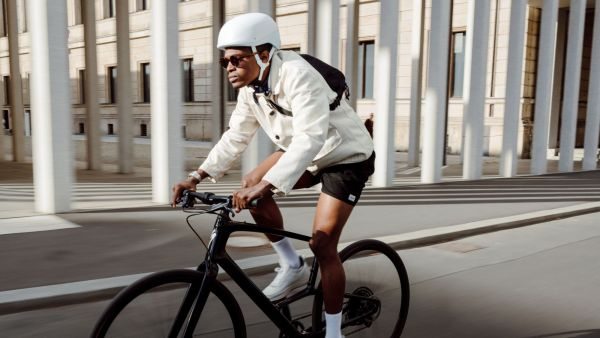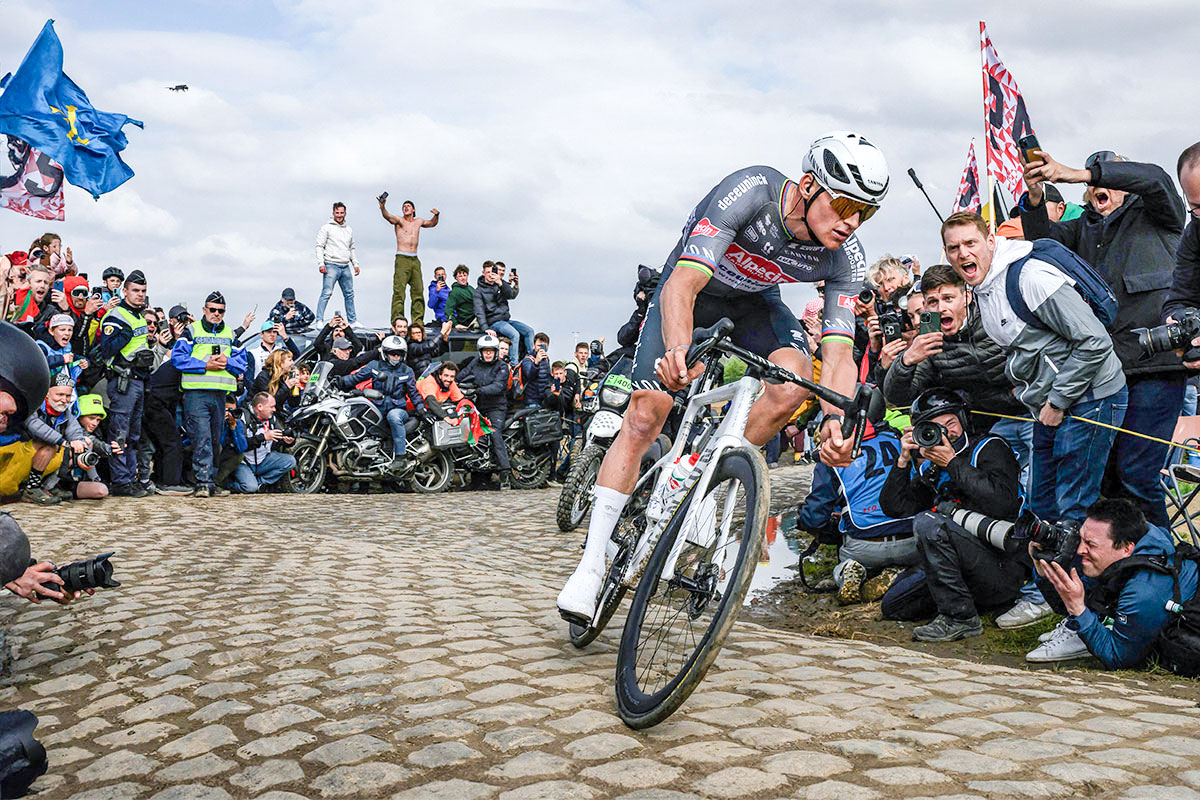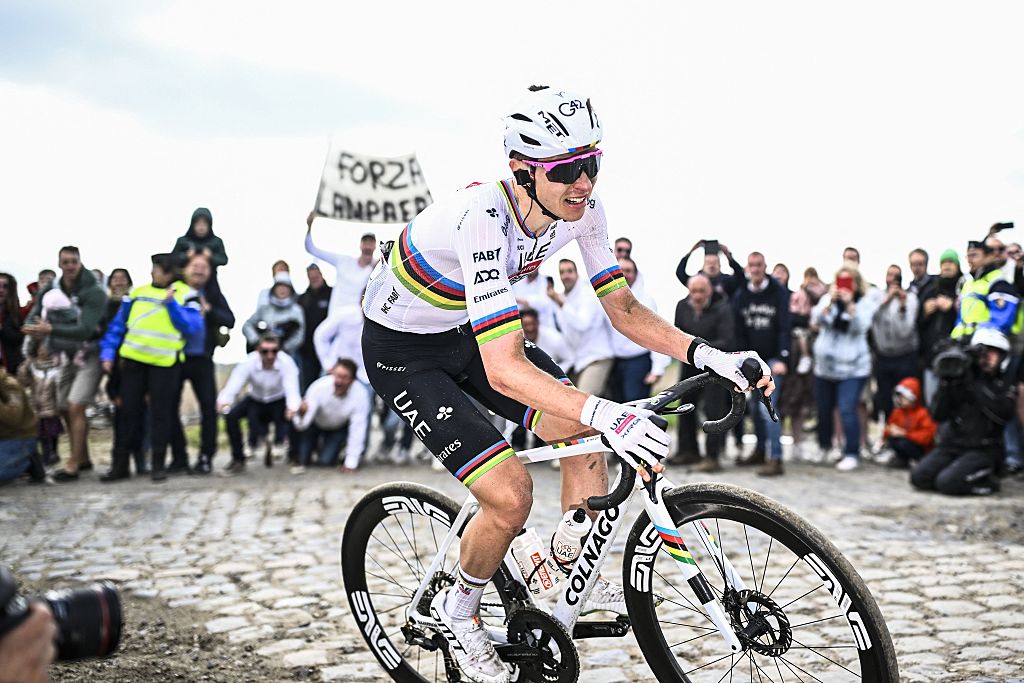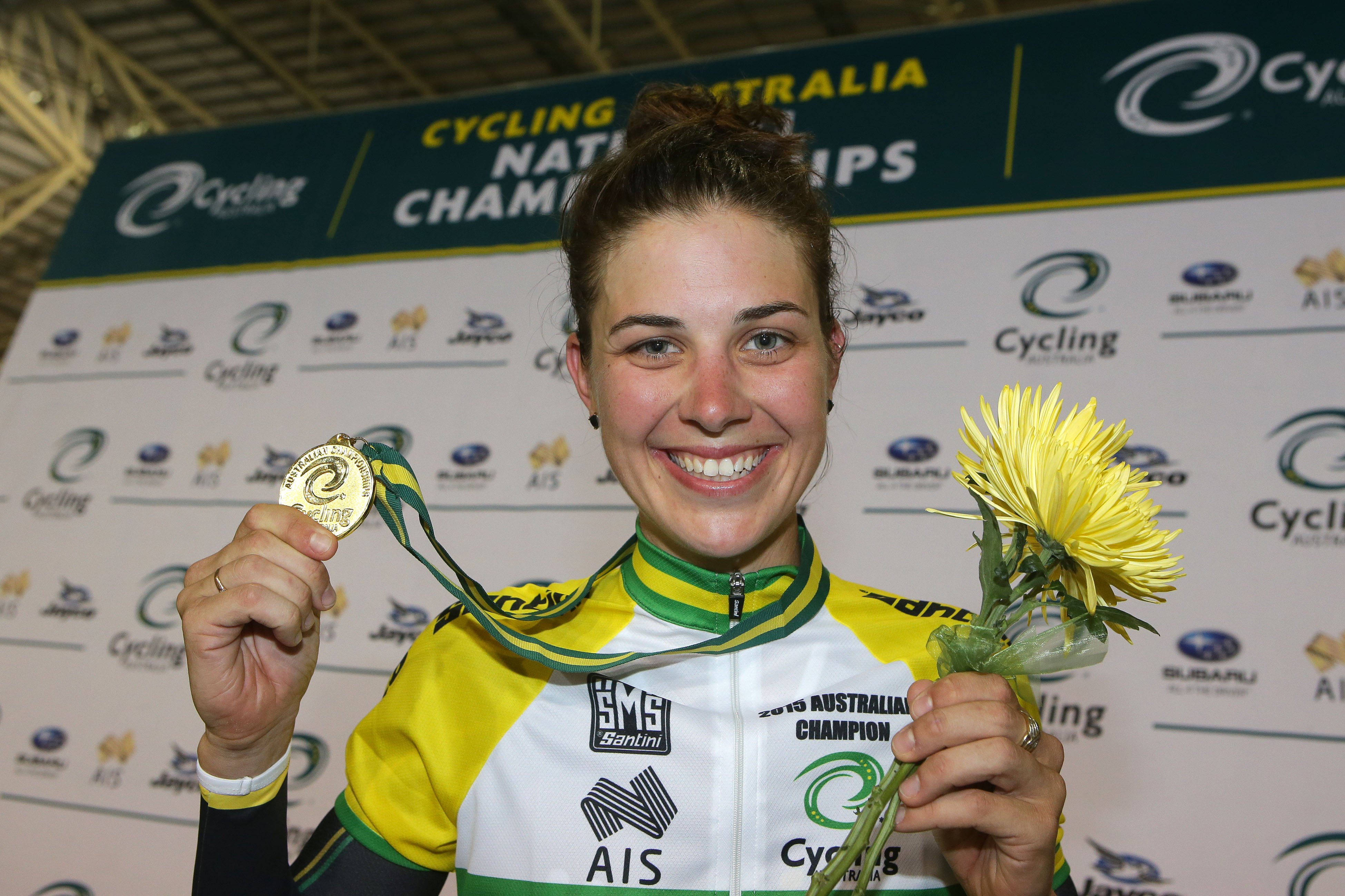Hammer Series preview
What it is and how it works
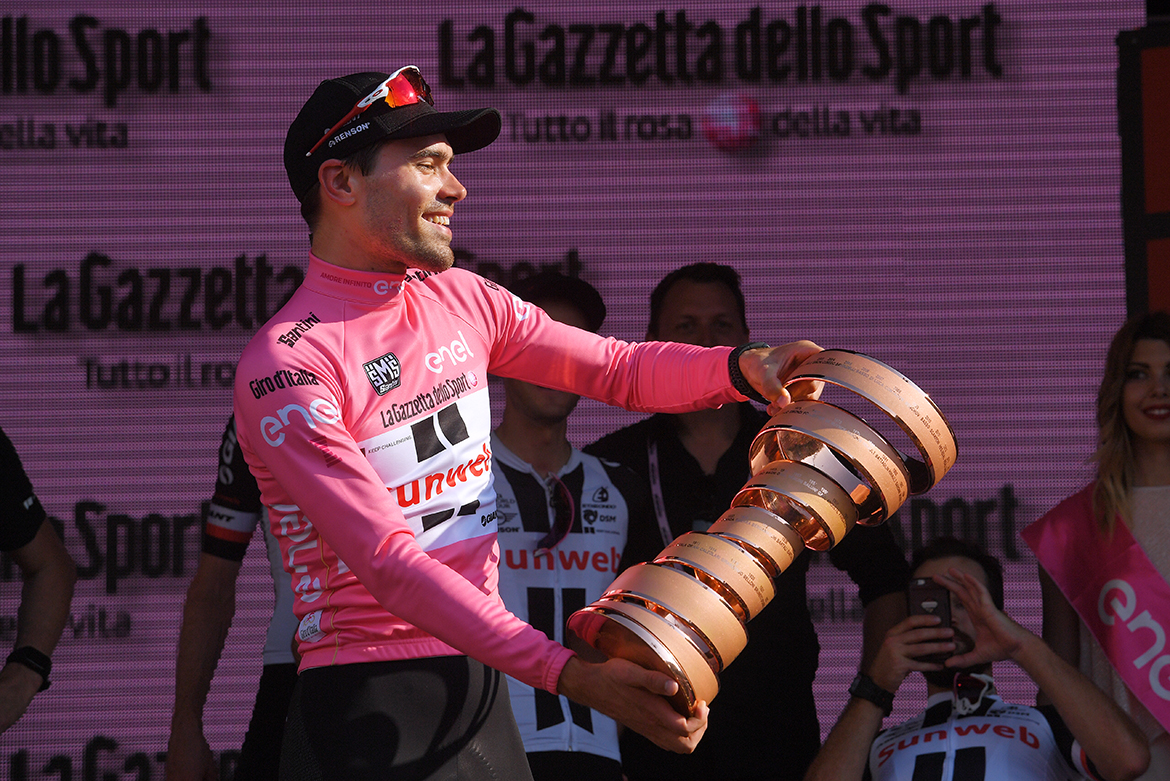
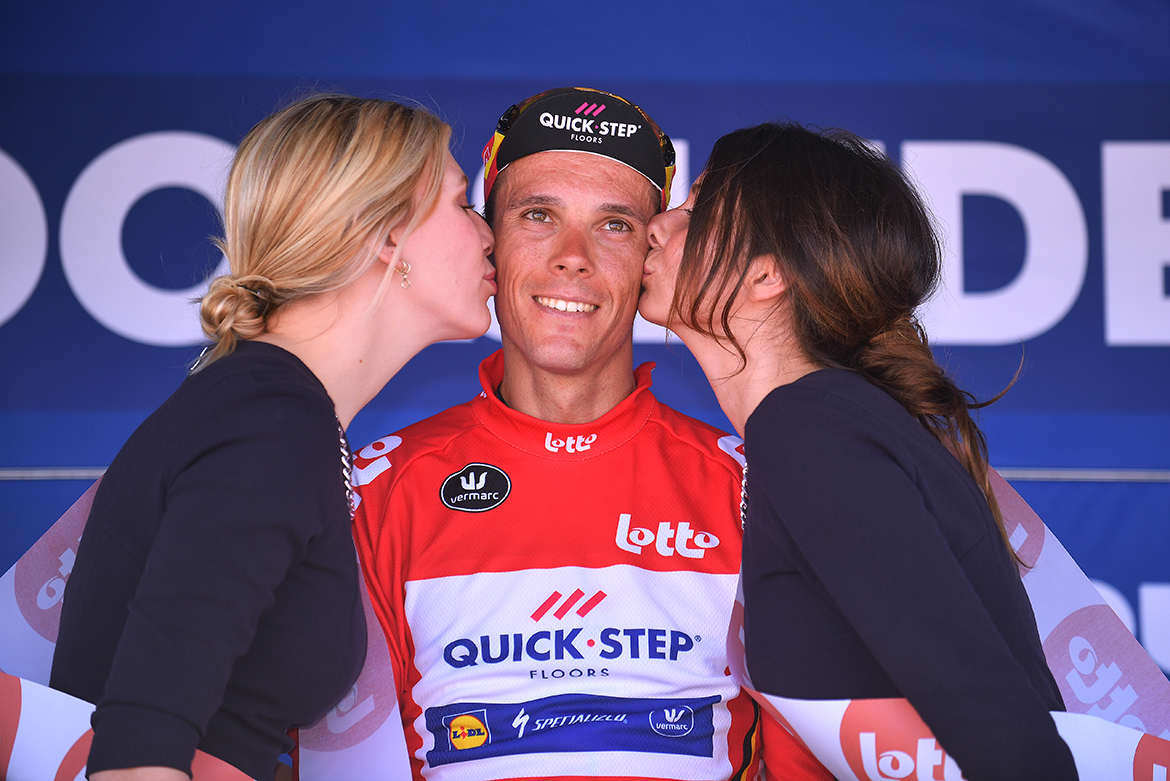

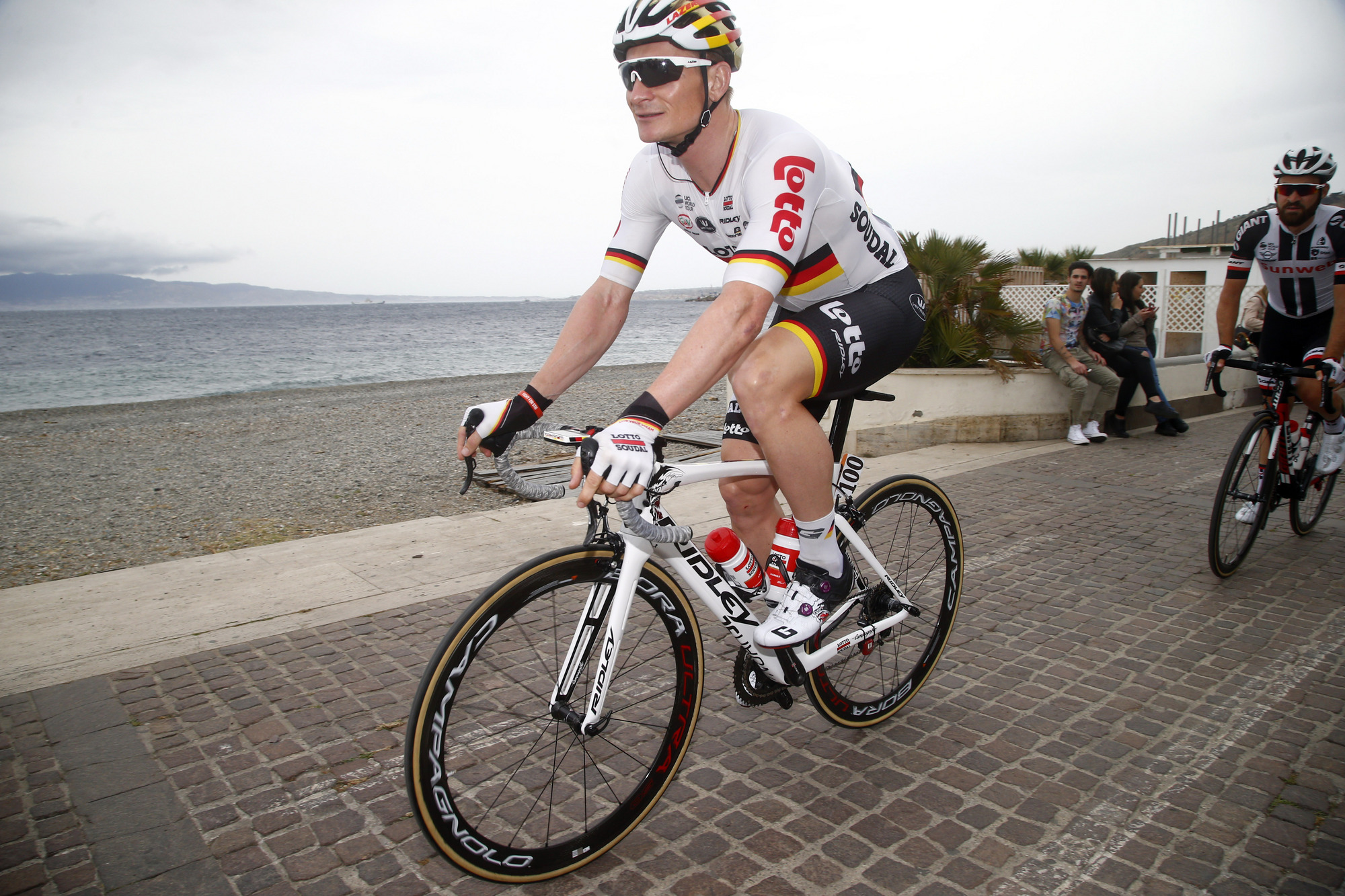
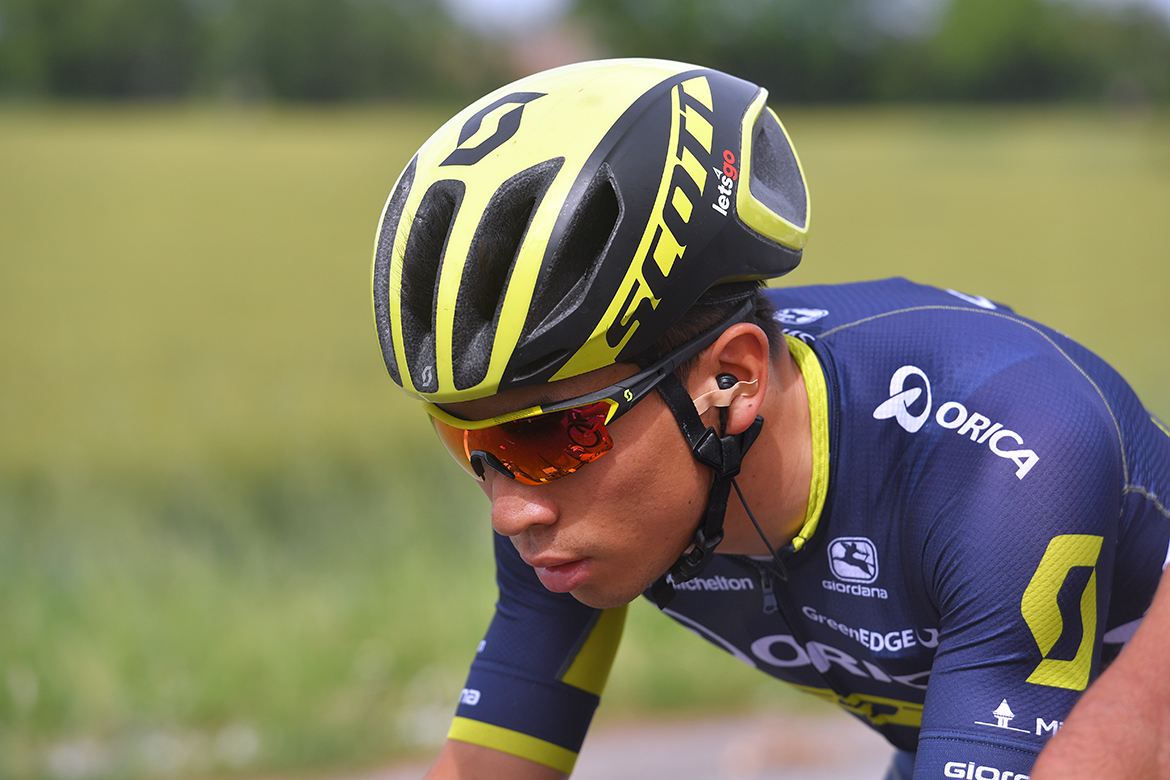

When Velon and Infront announced the addition of the Hammer Series to the 2017 calendar in March, it was to "challenge the traditions of major road racing." Whether or not they achieve that aim remains to be seen but they Hammer Series will be unlike anything else on the current UCI calendar.
The inaugural edition will take place this weekend (June 2-4) at the Sportzone Limburg, Sittard-Geleen, with three events culminating in an overall team winner. All 10 of the Velon teams will be in attendance: BMC Racing, Cannondale-Drapac, Lotto Soudal, Orica-Scott, Quick-Step Floors, LottoNL-Jumbo, Team Sky, Team Sunweb, Trek-Segafredo and UAE Team Emirates. Movistar and Bahrain-Merida will boost the WorldTour numbers up to 12. Four Pro Continental teams have also been included in the inaugural edition: Caja Rural-Seguros RGA, Israel Cycling Academy, Nippo-Vini Fantini, Roompot-Nederlandse Loterij.
All 18 teams have named their line-up for the weekend, with newly-crowned Giro d'Italia champion Tom Dumoulin (Team Sunweb) the star attraction. André Greipel (Lotto-Soudal), Caleb Ewan (Orica-Scott), Elia Viviani (Team Sky) and Fernando Gaviria (Quick-Step Floors) make for a strong sprint line-up. Other names to look out for on the start list are Philippe Gilbert (Quick-Step Floors), Mat Hayman (Orica-Scott), Tim Wellens (Lotto Soudal) and Sep Vanmarcke (Cannondale-Drapac).
How will it work?
All bike races on the UCI calendar are either decided by the first or fastest to cross the finish line. Races are also, more often than not - aside from the team time trial – won by an individual. The Hammer Series will differ on both these points. While the first to cross the line in the final race will win, the order in which the teams start will be decided by the points earned in the first two events.
Let's break it down a little further. The event will consist of three competitions, the Climb, the Sprint and the Chase. Each team can bring a total of seven riders, although some have fielded smaller line-ups, and can pick five to compete in each race, making for 90 riders in each race. That means that a team's better sprinters, climbers or time triallists can sit one out and save their legs for the discipline that suits them more.
Kick-starting the weekend of action off will be the Climb race, which will not take place in Sittard-Geleen but in Vaals about 30 minutes down the road. It will be raced over 11 laps of a short seven-kilometre circuit, which contains two climbs. The start/finish line comes just after the second, and longer, climb and the first 10 riders to cross it on each lap will bank points for their team.
The Sprint race, which is competed over eight laps of a relatively flat 12.5km circuit, is run under the same philosophy. On this occasion, it will be laps two, five and eight that give the riders a chance to earn two for the price of one. In both races, it is the team – rather than the rider – with the most points that is declared the winner.
Here is where you might need to break out that calculator. The points systems will be the same for the Climb and the Sprint. The first rider to cross the line will earn 10 points for his team, second place takes 8.1, 6.6 points goes to third place, 5.3 to fourth, 4.3 to fifth, 3.5 to sixth, 2.8 to seventh, 2.3 to eighth, 1.9 for the ninth-placed rider and 1.5 to the 10th. The team who amasses the most points wins that particular race.
Importantly, riders must finish the race for their points to count.
The winner of each race will be awarded one point and the last team will be given 18. For instance, if you win the Climb and finish second in the Sprint you will have three points. Teams are aiming to accumulate the least amount of points. For fans of track cycling, imagine it like the old-school omnium.
The Chase
It is these positions that will decide the order in which the teams will start the final race. The Chase is essentially a combination of the team time trial and handicap events – organisers have described it as a 'fox and hound' race. The team at the top of the rankings will start first and the second team will go second and so on and so forth. If teams are equal on points, then their order will be decided by the number of points they earned in the Climb and Sprint.
The time gaps between each team will be decided by a combination of the 'base time' and bonus seconds. There is a predetermined amount of time between each of the teams, 30 seconds between first and second, 25 between second and third. The amount of time will decrease by 5 seconds until the fifth-placed team, with 15 seconds separating each team thereafter.
Teams can also earn bonus seconds for finishing in the top 10 of the first two races, 15 for first place and then 12, 10, 8, 6, 5, 4, 3, 2 and 1 for 10th place. These bonus seconds can help you get closer to the team in front of you. For instance, if the first placed team has 25 bonus seconds and the second place team has 20, the first place team will increase their gap over the second by five points – and therefore start 35 seconds ahead of them.
Phew. We hope that makes a bit more sense to you.
The teams will race against each other over three laps of a 14.9km course with the aim of crossing the line first. The finishing order will be decided on the fourth rider crossing the line so expect some mass sprints – on time trial bikes. The first team to get four riders over the line will win the event overall.
The Hammer Series will be streamed live on Facebook and YouTube.
Get The Leadout Newsletter
The latest race content, interviews, features, reviews and expert buying guides, direct to your inbox!
Born in Ireland to a cycling family and later moved to the Isle of Man, so there was no surprise when I got into the sport. Studied sports journalism at university before going on to do a Masters in sports broadcast. After university I spent three months interning at Eurosport, where I covered the Tour de France. In 2012 I started at Procycling Magazine, before becoming the deputy editor of Procycling Week. I then joined Cyclingnews, in December 2013.
Latest on Cyclingnews
-
Best hybrid bikes: Fast bikes for leisure and commuting
Our pick of the best hybrid bikes in 2025 covering a range of different styles, use cases and designs -
Paris-Roubaix: The Good, The Bad, and The Ugly of the Hell of the North
Digesting all the action from the 2025 editions of the biggest Classic on the calendar -
Paris-Roubaix defeat only confirms Tadej Pogačar's greatness – Opinion
Slovenian's multitude of talents make him the best of his generation and an example for the sport to follow -
Melissa Hoskins' death was a 'tragic accident' says victim impact statement heard in emotional court hearing, Rohan Dennis' lawyer requests suspended sentence
Judge Ian Press to sentence Dennis on May 14, 2025
